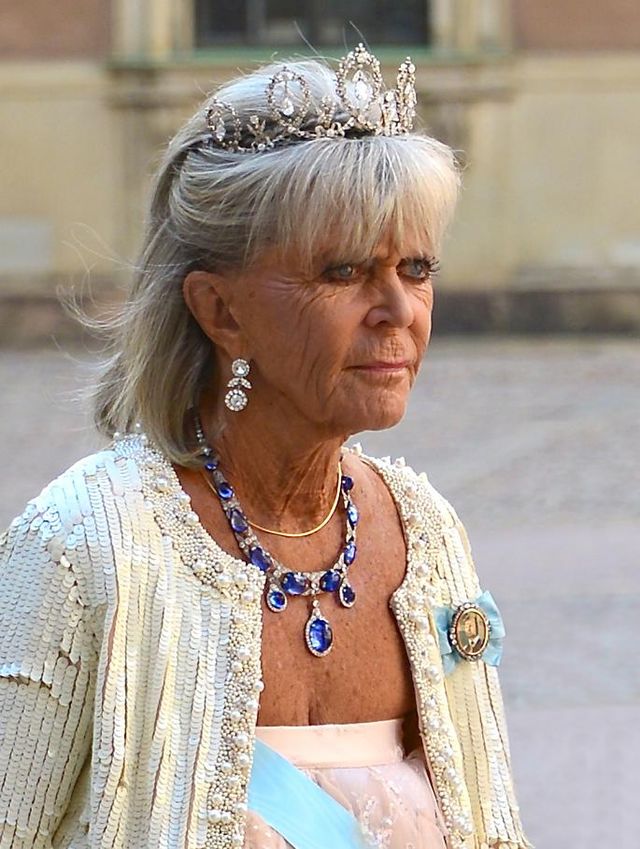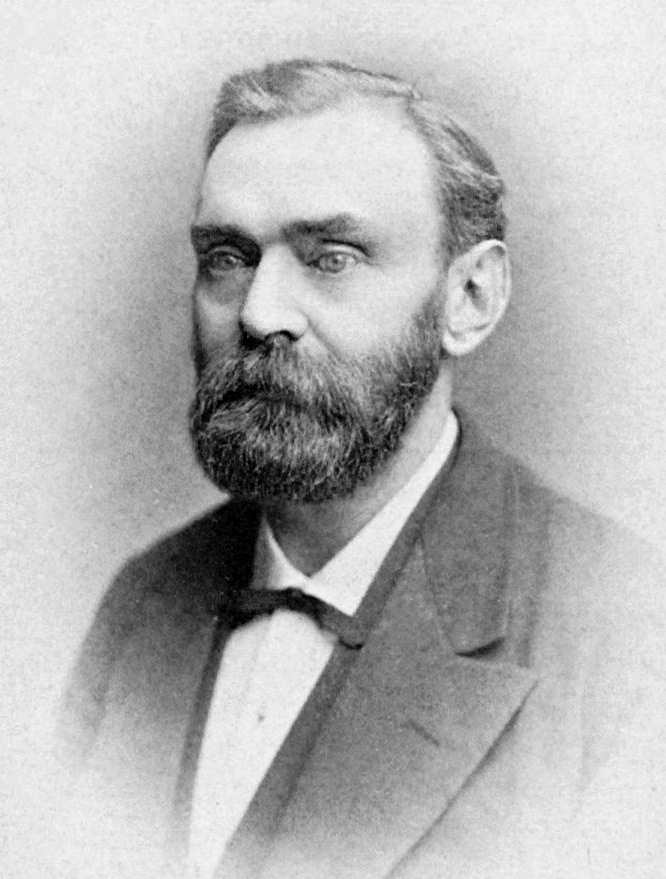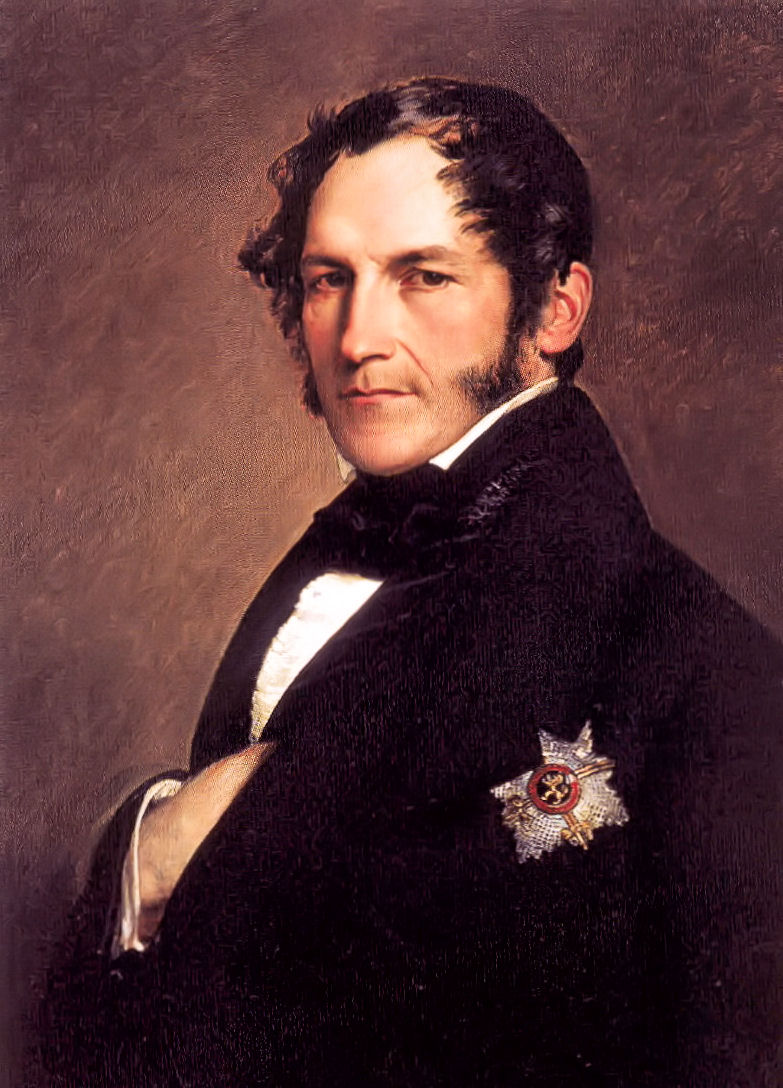© Unofficial Royalty 2024

Anne of Denmark, Queen of Scots, Queen of England; Credit – Wikipedia
December 12, 1212 – Death of Geoffrey, Archbishop of York, the illegitimate son of King Henry II of England; died and buried at the Priory of Saint Michael in Grandmont, Duchy of Normandy, now in France
The identity of Geoffrey’s mother is uncertain. Henry II’s plan was for Geoffrey to enter the Church and so Geoffrey was sent to schools in Northhampton, England and Tours, County of Torraine, one of Henry’s possessions, now in France. Before 1170, the teenage Geoffrey took minor orders, lower ranks of Roman Catholic Church ministry. In 1170, when he was about eighteen years old, Geoffrey was appointed Archdeacon of Lincoln. In May 1173, Henry arranged for Geoffrey to be elected Bishop of Lincoln and in 1181, he was appointed him Chancellor of England in 1181. In 1189, at odds with his legitimate sons and suffering from a bleeding ulcer, King Henry II retreated to his favorite residence, the Château de Chinon in Anjou, now in France. Only Henry II’s illegitimate son Geoffrey was at his deathbed when he died on July 6, 1189. Henry II had made a deathbed wish that Geoffrey be named Archbishop of York, and his half-brother King Richard I did nominate Geoffrey as Archbishop of York.
Unofficial Royalty: Geoffrey, Archbishop of York, Illegitimate Son of King Henry II of England
December 12, 1296 – Death of Isabella of Mar, Countess of Carrick, first wife of Robert I, King of Scots (Robert the Bruce), due to childbirth complications at the Manor of Cardross in Dunbartonshire, Scotland; buried at Paisley Abbey in Paisley, Renfrewshire, Scotland, her tomb has not survived
Isabella of Mar was the first wife of Robert I (the Bruce), King of Scots, but she died before her husband became king. She was the daughter of Domhnall (Donald), 6th Earl of Mar and Elen the Younger ferch Llywelyn, an illegitimate daughter of the de facto Prince of Wales, Llywelyn Fawr (Llywelyn the Great). In 1295, Robert the Bruce, Earl of Carrick and Isabella of Mar married. Shortly after the wedding, Isabella became pregnant. Nineteen-year-old Isabella had a healthy pregnancy but died soon after giving birth to a daughter named Marjorie on December 12, 1296. Marjorie Bruce married Walter Stewart, 6th High Steward of Scotland. Marjorie was 19-years-old at the time of her death, like her mother, who was the same age when she died in childbirth. Marjorie’s son became Robert II, King of Scots, the first monarch of the House of Stewart. Marjorie’s descendants include the House of Stuart, all their successors on the thrones of Scotland, Great Britain, and the United Kingdom, and many other European royal families.
Unofficial Royalty: Isabella of Mar, Countess of Carrick
December 12, 1574 – Birth of Anne of Denmark, Queen of Scots, Queen of England, wife of James VI, King of Scots/James I, King of England and daughter of King Frederik II of Denmark, at Skanderborg Castle in Skanderborg, Denmark
In 1589, Anne married James VI, King of Scots, the son of Mary, Queen of Scots. In 1603, James succeeded to the English throne upon the death of Queen Elizabeth I of England as King James I of England. Anne and James had seven children but only three survived childhood: Henry Frederick, Prince of Wales who died of typhoid fever, aged 18; Elizabeth who married Frederick V, Elector Palatine, and whose daughter Sophia of Hanover became heiress presumptive to the British throne under the Act of Settlement 1701 (Sophia’s son was King George I) and King Charles I of England who was beheaded during the English Civil War. When Anne’s son Henry Frederick died, it was a great tragedy for Anne and the entire nation. Anne could not bear to have Henry’s death mentioned and people were advised not to give her condolences. After her son’s death, Anne’s health began to deteriorate and she withdrew from social activities. By 1617, Anne’s condition became debilitating. Her surviving son Charles was often with her and was at her bedside when Anne died at the age of 44 from dropsy (edema).
Unofficial Royalty: Anne of Denmark, Queen of Scots, Queen of England
December 12, 1785 – Death of Charlotte of Hesse-Darmstadt, Duchess of Mecklenburg-Strelitz, second wife of the future Grand Duke Carl II of Mecklenburg-Strelitz, in Hanover, Electorate of Hanover, now in Lower Saxony, Germany; buried in the New Crypt of the Johanniterkirche in Mirow, Grand Duchy of Mecklenburg- Strelitz, now in Mecklenburg-Vorpommern, Germany
In 1784, Charlotte married the future Grand Duke Carl II of Mecklenburg-Strelitz. Carl had previously been married to her older sister Friederike who had died after giving birth to her tenth child two years earlier. Charlotte and Carl had one son, however, twelve days after giving birth to her son, Charlotte died of complications from childbirth.
Unofficial Royalty: Charlotte of Hesse-Darmstadt, Duchess of Mecklenburg- Strelitz
December 12, 1791 – Birth of Marie Louise of Austria, Empress of France, second wife of Napoléon Bonaparte and daughter of Franz II, Holy Roman Emperor (later Emperor Franz I of Austria), at Hofburg Palace in Vienna, Austria
Full name: Maria Ludovica Leopoldina Franziska Therese Josepha Lucia
Archduchess Maria Ludovica of Austria was the second wife of Napoleon I, Emperor of the French and later Duchess of Parma, Piacenza, and Guastalla in her own right. Because his wife Josephine had not provided him with an heir, French Emperor Napoleon was searching for a new bride who could bear him an heir and set his sights on the leading royal families of Europe. After Napoleon divorced his first wife, Maria Ludovica married him in 1810, became Empress of the French and Queen of Italy, and took the French version of her name, Marie Louise. The couple did have one child, a son, who died at the age of 23. After Napoleon’s final defeat at the Battle of Waterloo and his exile to Saint Helena in 1815, Marie Louise had no further contact with him. Marie Louise married two more times and had three children with her second husband. As Duchess of Parma, Marie Louise supported many causes, with much of her efforts going toward improving medical care and treatment. She established a childbirth hospital and a training school for nurses, as well as a hospital for those with mental illness.
Unofficial Royalty: Marie Louise of Austria, Empress of France
December 12, 1801 – Birth of King Johann of Saxony in Dresden, Electorate of Saxony, now in Saxony, Germany
Full name: Johann Nepomuk Maria Joseph Anton Vincenz Aloys Franz de Paula Stanislaus Bernhard Paul Felix Damasus
In 1822, Johann married Princess Amalie Auguste of Bavaria. They had nine children including two kings of Saxony. Johann became King of Saxony upon the death of his childless brother King Friedrich August II in 1854. His reign saw much progress within Saxony, including extending the railroad network, introducing free trade – including a commercial treaty with France – and establishing the Judiciary Organization. Under King Johann’s oversight, Saxony became one of the most modern and progressive of the German states.
Unofficial Royalty: King Johann of Saxony
December 12, 1843 – Death of King Willem I of the Netherlands in exile in Berlin, Kingdom of Prussia, now in Brandenburg, Germany; buried at Nieuwe Kerk in Delft, the Netherlands
Willem was the eldest surviving son of Willem V, Prince of Orange, the last Stadtholder of the Dutch Republic. The Napoleonic Wars disrupted Willem’s life. The French invaded the Dutch Republic in 1795 and the family went into exile first in England and then in 1796 in Prussia where they lived until 1813. In 1806, Willem’s father died and he inherited the title Prince of Orange. After the defeat of Napoleon, the Dutch Republic was proclaimed the Kingdom of the Netherlands and Willem became its first king. King Willem I abdicated in 1840 due to constitutional changes he disagreed with, his anger over the loss of Belgium, and his desire to make a morganatic second marriage with Henriëtte d’Oultremont after the death of his first wife Wilhelmine of Prussia in 1837. His eldest son succeeded him as Willem II. After his abdication, Willem was styled King Willem Frederick, Count of Nassau. Willem died at the age of 71.
Unofficial Royalty: King Willem I of the Netherlands
December 12, 1912 – Death of Luitpold, Prince Regent of Bavaria in Munich, Kingdom of Bavaria, now in Bavaria, Germany; buried at the Theatine Church St. Cajetan in Munich
Luitpold was regent and the real ruler of Bavaria from 1886 to 1912, due to the mental incompetency of his nephews, King Ludwig II and King Otto. He was the third son of King Ludwig I of Bavaria and Princess Therese of Saxe-Hildburghausen. In 1844, Luitpold married Archduchess Auguste Ferdinande of Austria and they had four children including Ludwig III, the last King of Bavaria. On June 10, 1886, Luitpold became Prince Regent after his nephew King Ludwig II was declared mentally incompetent. Ludwig II died three days later under mysterious circumstances, and the throne passed to Ludwig’s brother Otto. However, by this time, Otto had also been declared mentally ill, and Luitpold continued as Prince Regent. Luitpold died at the age of 91, after having developed bronchitis. He was succeeded as Regent by his eldest son, who became King Ludwig III the following year, after deposing his cousin King Otto.
Unofficial Royalty: Luitpold, Prince Regent of Bavaria
December 12, 1992 – Wedding of Anne, Princess Royal, daughter of Queen Elizabeth II of the United Kingdom, and Timothy Laurence at Crathie Church in Ballater, Scotland
Timothy Laurence first met his future wife, Anne, Princess Royal when he was Equerry to Queen Elizabeth II. As the Queen’s Equerry for three years, Timothy learned the ways of the Royal Family. He often ate with the family, accompanied them on outings, cruised on the royal yacht, and made formal introductions when important guests visited. Anne’s marriage to Mark Phillips was in trouble and Timothy caught her eye. However, it was not until 1989, when four of Timothy’s love letters were stolen from Anne’s briefcase at Buckingham Palace that the romance came to light. In the same year, Anne separated from her first husband, but her courtship with Timothy remained discreet. The couple was seldom seen together until Anne’s divorce became final in April 1992. The couple’s intention to marry was announced by Buckingham Palace on December 5, 1992, just a week before the wedding.
Unofficial Royalty: Wedding of Princess Anne and Timothy Laurence
December 12, 1995 – Death of Caroline-Mathilde of Denmark, Hereditary Princess of Denmark, wife of her first cousin Hereditary Prince Knud of Denmark, at Sorgenfri Palace in Kongens Lyngby, Denmark; buried at Roskilde Cathedral in Roskilde, Denmark
Caroline-Mathilde was the granddaughter of King Frederik VIII of Denmark. In 1933, Caroline-Mathilde married her first cousin Prince Knud of Denmark. Knud was the younger son of King Christian X of Denmark, the brother of Caroline-Mathilde’s father Prince Harald. Caroline-Mathilde and Knud had one daughter and two sons. From 1947 to 1953, Knud was the heir presumptive of his older brother King Frederick IX. Knud would have become king and Caroline Mathilde queen, but a 1953 change in the succession law caused Knud to lose his place in the succession to his niece, who became Queen Margrethe II upon her father’s death in 1972. After the change, Prince Knud was given the title of Hereditary Prince and Caroline Mathilde became Hereditary Princess. Prince Knud died in 1976, and Caroline-Mathilde survived him by 19 years, dying at the age of 83.
Unofficial Royalty: Caroline-Mathilde of Denmark, Hereditary Princess of Denmark
This article is the intellectual property of Unofficial Royalty and is NOT TO BE COPIED, EDITED, OR POSTED IN ANY FORM ON ANOTHER WEBSITE under any circumstances. It is permissible to use a link that directs to Unofficial Royalty.



















